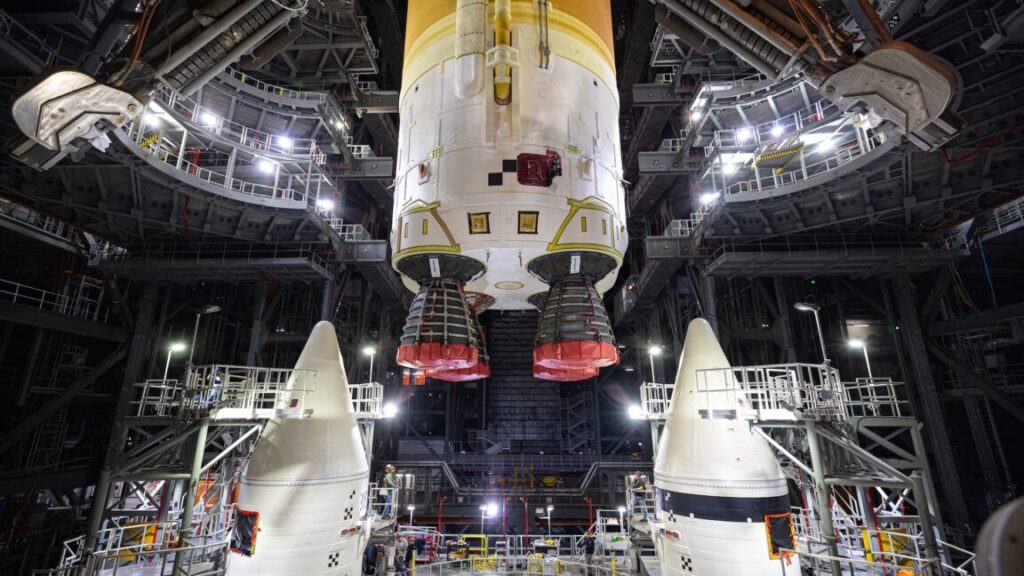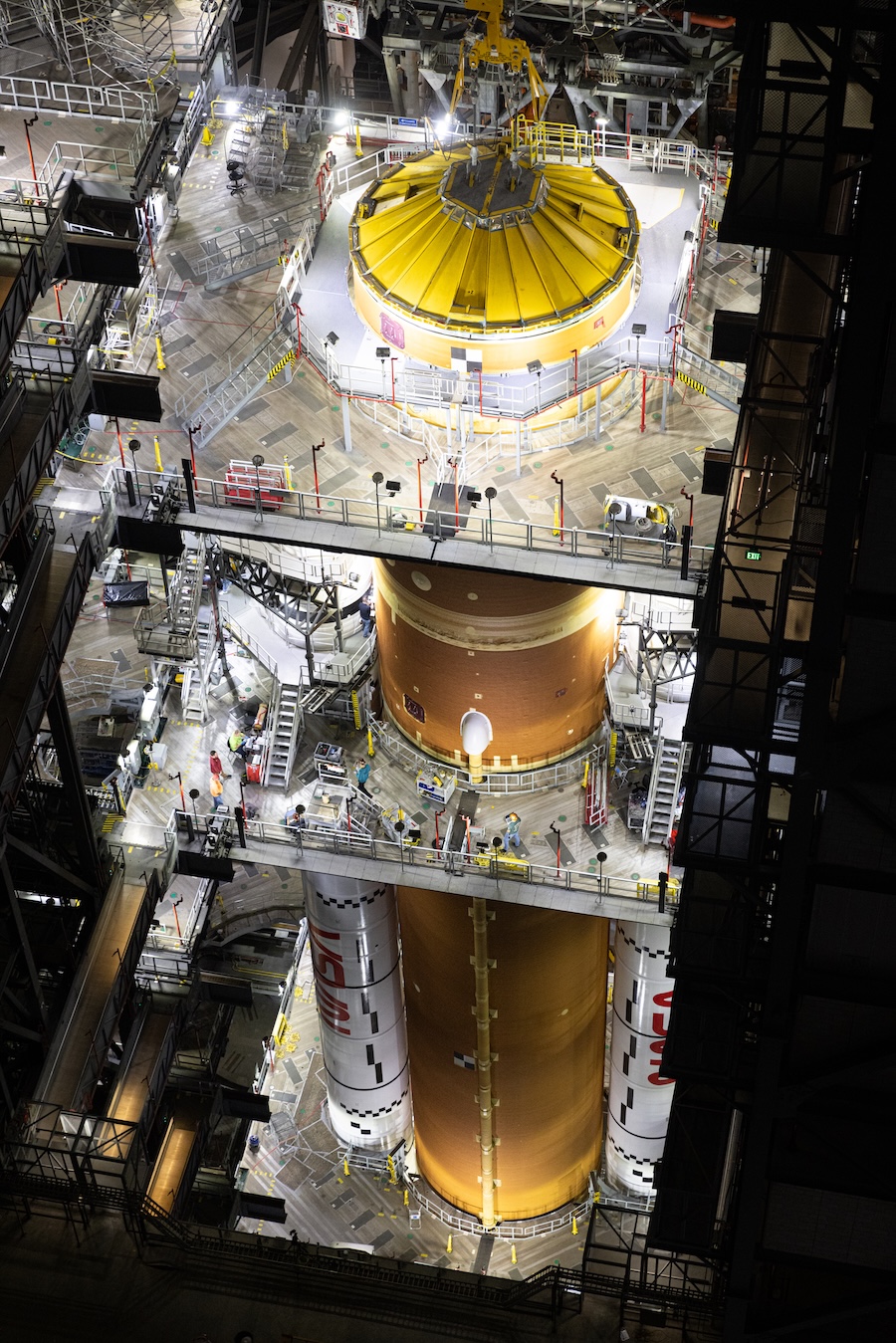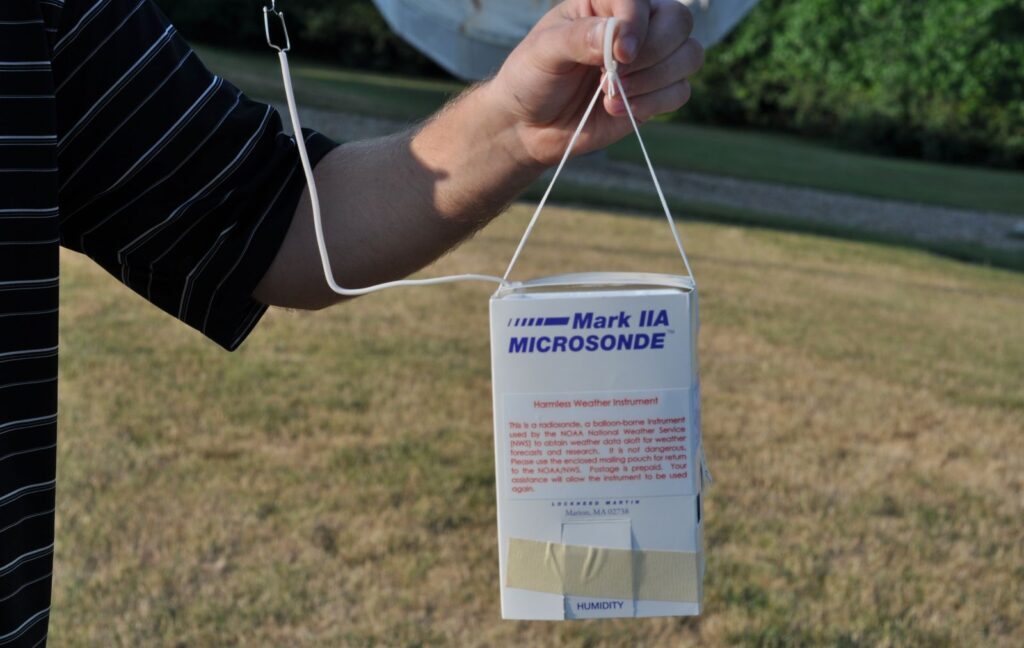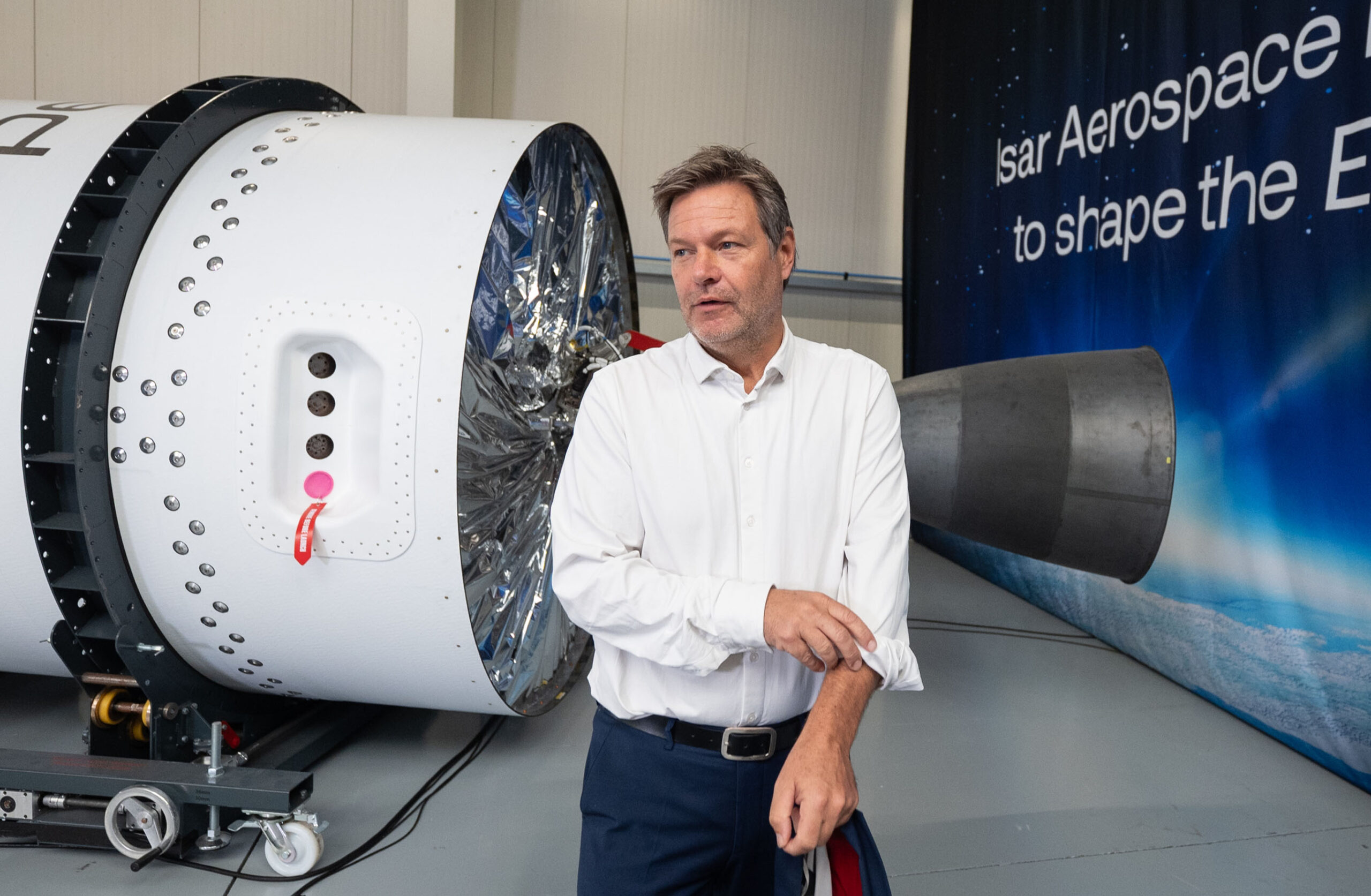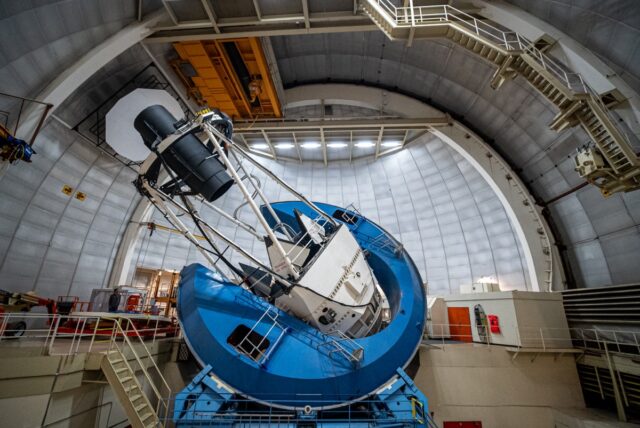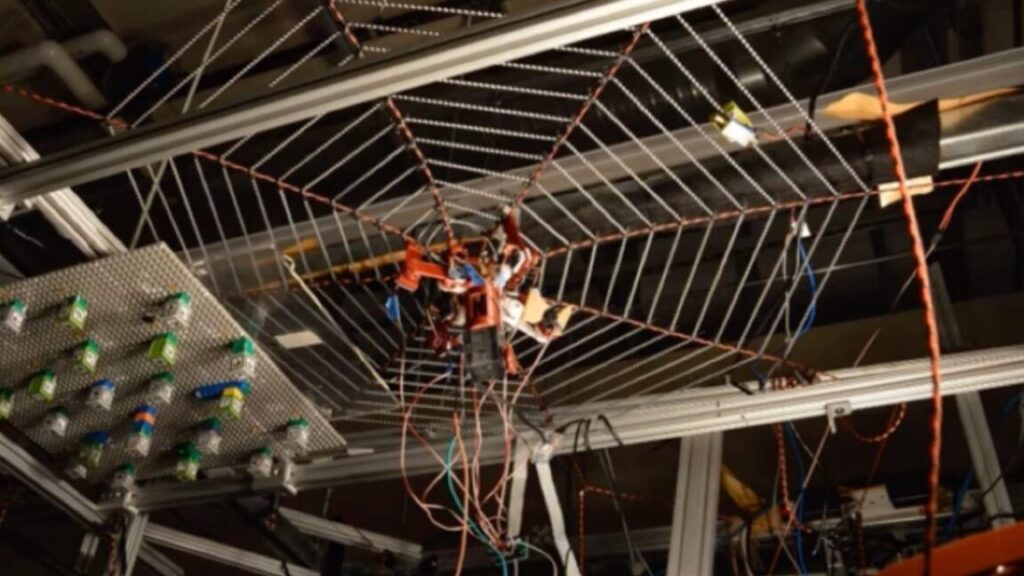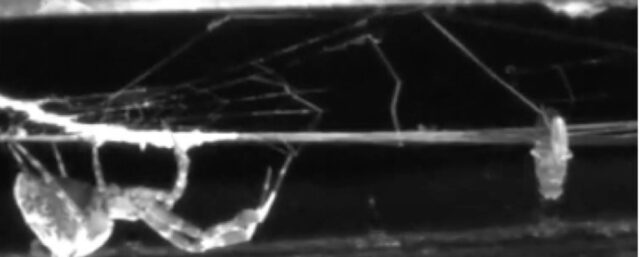We’ve outsourced our confirmation biases to search engines
So, the researchers decided to see if they could upend it.
Keeping it general
The simplest way to change the dynamics of this was simply to change the results returned by the search. So, the researchers did a number of experiments where they gave all of the participants the same results, regardless of the search terms they had used. When everybody gets the same results, their opinions after reading them tend to move in the same direction, suggesting that search results can help change people’s opinions.
The researchers also tried giving everyone the results of a broad, neutral search, regardless of the terms they’d entered. This weakened the probability that beliefs would last through the process of formulating and executing a search. In other words, avoiding the sorts of focused, biased search terms allowed some participants to see information that could change their minds.
Despite all the swapping, participants continued to rate the search results relevant. So, providing more general search results even when people were looking for more focused information doesn’t seem to harm people’s perception of the service. In fact, Leung and Urminsky found that the AI version of Bing search would reformulate narrow questions into more general ones.
That said, making this sort of change wouldn’t be without risks. There are a lot of subject areas where a search shouldn’t return a broad range of information—where grabbing a range of ideas would expose people to fringe and false information.
Nevertheless, it can’t hurt to be aware of how we can use search services to reinforce our biases. So, in the words of Leung and Urminsky, “When search engines provide directionally narrow search results in response to users’ directionally narrow search terms, the results will reflect the users’ existing beliefs, instead of promoting belief updating by providing a broad spectrum of related information.”
PNAS, 2025. DOI: 10.1073/pnas.2408175122 (About DOIs).
We’ve outsourced our confirmation biases to search engines Read More »

